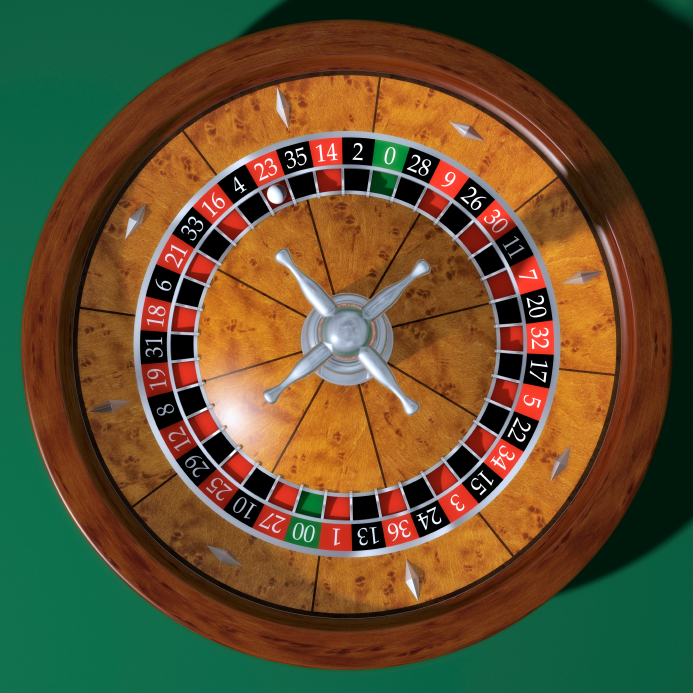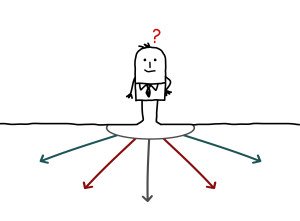The Portfolio Effect – Odds of Success (Part 3)
Here are a few more thoughts to add to our discussion of the portfolio effect and risk.
I grew up admiring the concept of the “Lone Wolf” inventor. The Wright Brothers, Edison, Tesla, Bell. Parts of what we all have heard are myth, and some is reality. Several of these “individual inventors” created what looked a lot like a corporate entity at their time. However, the myth of the Lone Wolf lives on – e.g. consider Steve Jobs and the iPhone, or Mark Zuckerberg and Facebook.
It is dangerous to subscribe to this myth. At Micrex, 98% of our customers are large corporations. Only they have the ability and resources to launch a new product into a competitive global marketplace. They understand that the best way to develop new products is by having a broad portfolio of initiatives at various stages of maturity. This approach takes most of the luck and some of the risk out of product development.
The portfolio approach for product development shares the theoretical underpinnings with the same concept in finance. In the 1970’s, “Modern Portfolio Theory” conclusively demonstrated that maximizing return while systematically controlling risk required that one work with a diversified portfolio of investments.
At Micrex we have a soft spot for drunks, sailors and entrepreneurs. Despite our better senses — we occasionally get to work with an entrepreneur in a startup. In almost all cases, they run out of time or money (which in many ways is the same thing) before their product is ready for market.
How do we handle this same risk at Micrex? Through our customers. At any one time, Micrex is working on 300 – 400 projects. Many will not succeed, but some will. It is a matter of averages.



